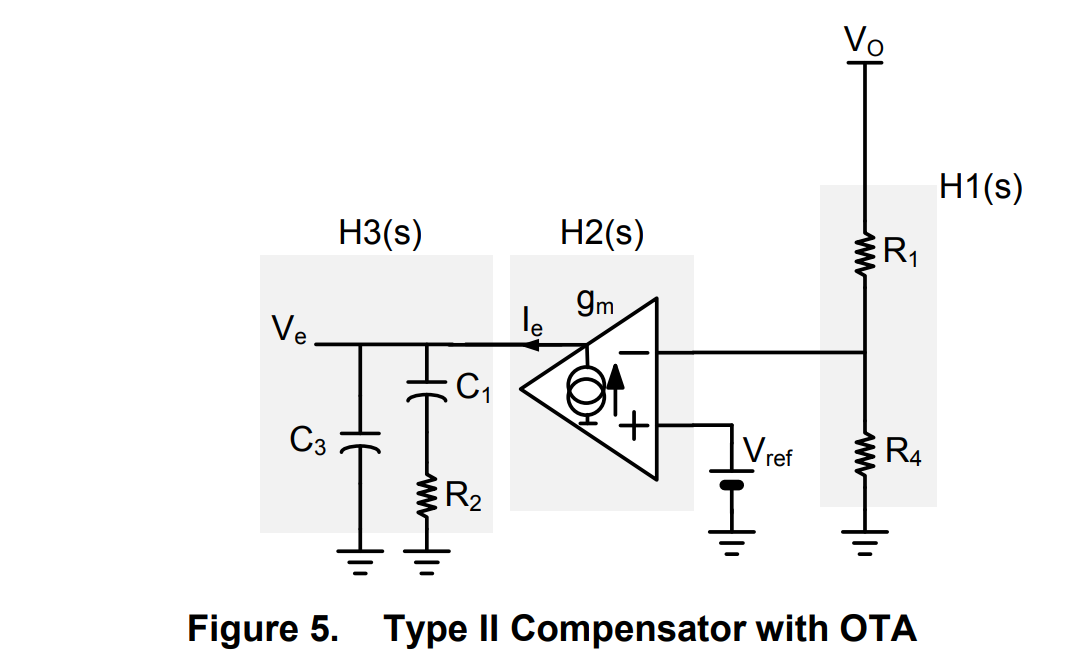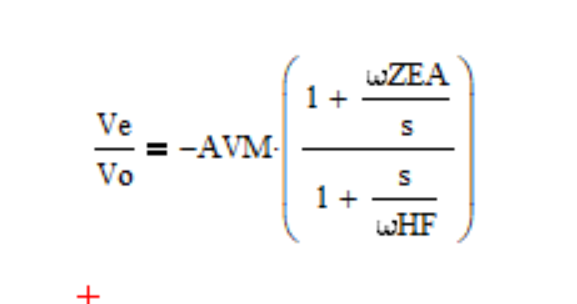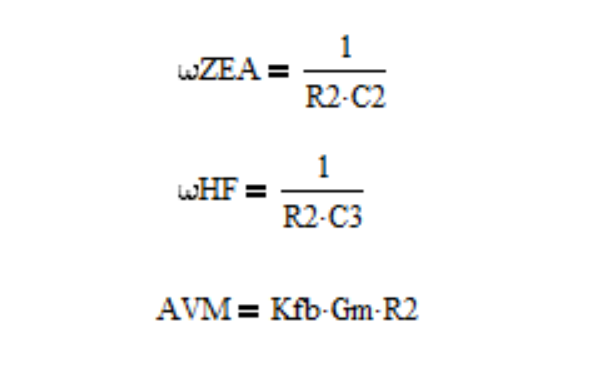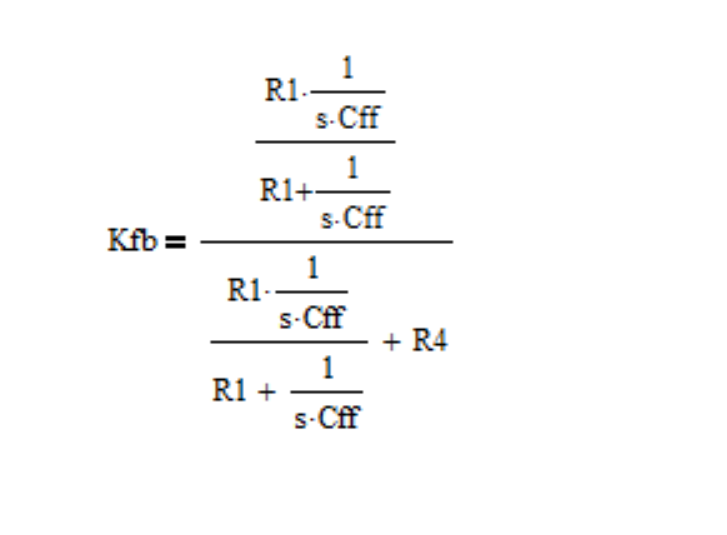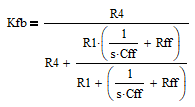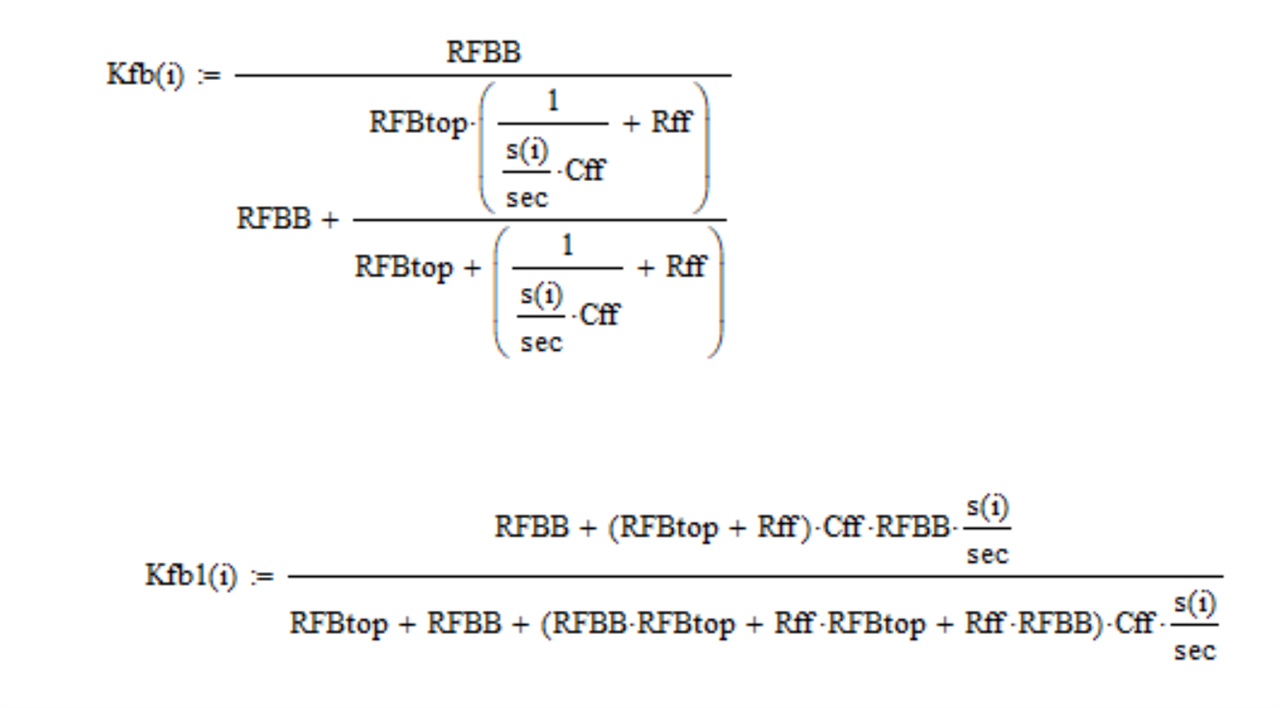Hi,
In SLV662, it says in the conclusion:
For OTA, both R1 and R4 enter into AC analysis, and note that only the ratio of the feedback resistors is important.
Yes, the ratio of the R1 and R4 will determine the output voltage. But I can't understand why only their ratio is important. It seems their impedance in parallel will affect the fp2 too. May someone clarify this for me?
Thanks.


